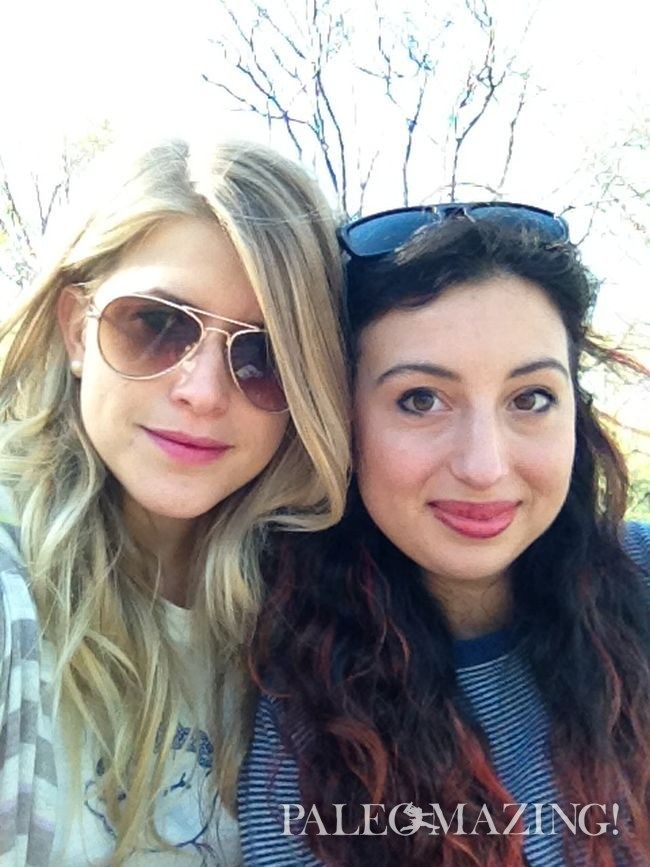Hey, ladies! Have you noticed that your skin doesn’t look as bright as it used to? Or maybe you’ve noticed a few wrinkles appear. And maybe your joints are causing you discomfort or pain. I’ve been doing a lot of research and I’ve been testing a lot of products out to find something that can help with all of these, and I’m happy to say that I’ve finally found it! Below, I explain what collagen is and how it can benefit you and your body in a big way. This is for the ladies! Collagen type I, II and III clarified finally.
Before we get into what it does, what exactly is collagen? Collagen is the most abundant type of protein found in the human body. It is the connective tissue providing the structure for skin, tendons, joint cartilage, organs, bones, and a host of other parts. Sounds good, right? Well, the not so good news is that when we get into our 20’s, our collagen levels sadly begin to decline, and once women are in their 80s they have about four times the collagen breakdown. That’s the main reason why aging skin wrinkles, creases, and gets saggy around the mouth and neck. However, there is something that can be done about it.
I kept hearing about Collagen I, II and III. As I started playing with products and did more research, I found what I LOVE, but I was still learning over the past two years, and now I have finally decided to share what I can. I think this will help many ladies out there with many aging matters that fit the above and more categories.
First of all, our bodies contain more than 20 different types of collagen, but these—types I, II, and III—make up 80 – 90 percent! The types I and III are found mainly in our skin, tendons, ligaments, and bones, and the type II is the major component of joint cartilage. Look at my own bone broth recipe for more on this and think INEXPENSIVE!
Collagen comes from the Greek word kólla, which means glue, and guess what? Collagen is the most abundant type of protein found in the human body; makes sense, right? Our bodies make our collagen in an underlying layer of the skin called the dermis. I like to think of it as a tent and that tent is our skin, the epidermis; the air inside is the collagen. Now, that collagen starts to break down and guess what happens to the tent? It gets saggy, loose and is not tight.
There are ways to restore this naturally and to help regenerate the collagen. Of course we need to always ensure our gut is working well so we can absorb the nutrients, but then we need to be sure that what we feed the body are the nutrients we individually need. There will be much more and very specific details about excellent and (to me) inexpensive cutting edge tests on these topics coming very soon for you! By the way, I can only fit so much into each blog, so sign up for my RSS feed for my blogs and/or my newsletter (scroll to the top of this page where it says “Newsletter Sign Up”, enter in your email address and hit “subscribe) to make sure you don’t miss a thing. My newsletter covers topics and select new recipes you will not find in my blogs.
So, as far as restoring collagen naturally we have excellent supplements available to us. I am not a sales lady nor do I promote companies for monetary exchange. I hold a very neutral position as I care for me, my family and my readers. I (and others) test many products out short and long term, and I only share company products I feel work, with specifics.
GOOD Collagen supplements are made from the connective tissue of animals, which is quite tough to break down. Connective tissue in a piece of meat, like a rump roast is real tough, but when cooked slowly and long enough, it actually turns into a soft gelatin. In some supplements on the market, the collagen is what they call “hydrolyzed”, which simply means it is broken down into smaller molecules, called peptides, for better absorption. Studies have actually proven that these collagen peptides are better absorbed in the digestive system. Once digested they then find their way to specific targeted tissues. They then do their job and act as building blocks! This is where they stimulate our own internal collagen production. This is pretty amazing when you think about it!
Research has proven that supplements of hydrolyzed types I and III collagen increase the collagen levels in the skin. The types I and III collagen also help with exercise recovery and support tendons and ligaments. I use these types daily and am seldom sore even after intense activities, while others are sore for days after. I tell them, and well, many think I am silly but the proof is there. My family is hooked on this now. They can tell and feel the difference it has on their body. My favorite is Vital Proteins Collagen Peptides and Bulletproof Collagen Protein. As far as Vital goes, I now buy the 20 ounce but started out on the 10 ounce while trying it so as not to waste money.
If you liked the above, I encourage you to keep reading up on collagen by checking out Part 2 of this series in which I fully cover Type II Collagen and MORE!
If you have any questions or suggestions, email me at Info (at) TinaTurbin (dot) com



